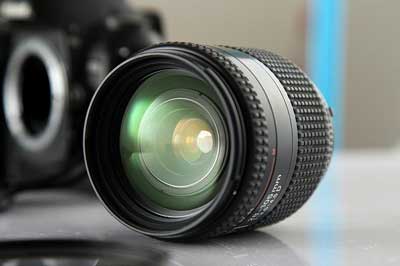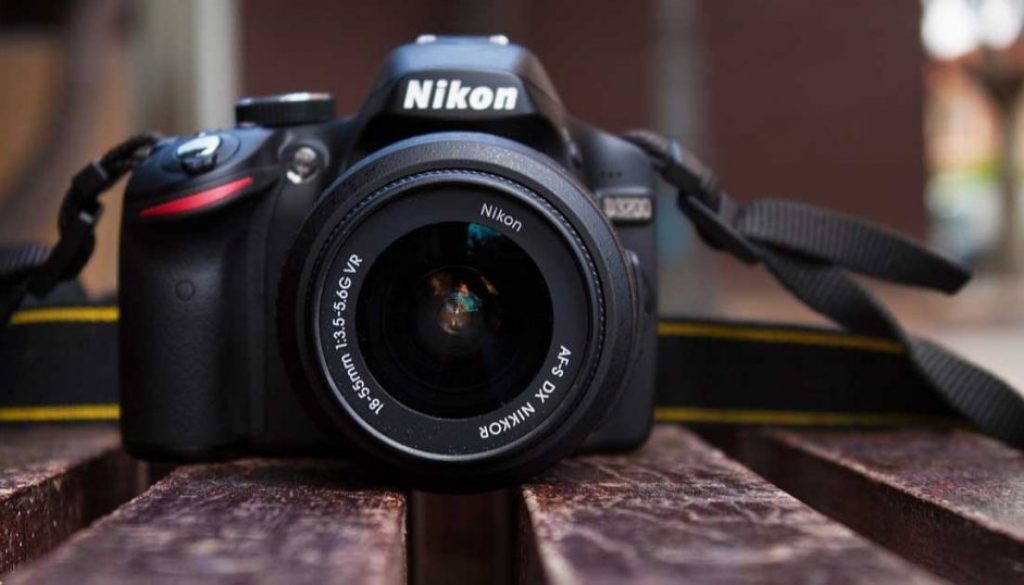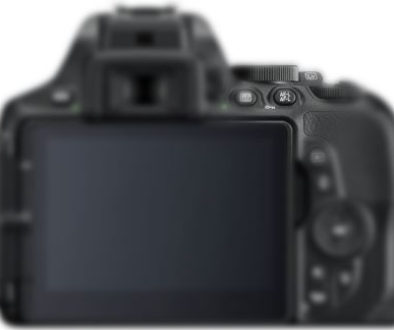NAS (Nikon Acquisition Syndrome) happens to a lot of serious photographers and gadget lovers.
The brand name Nikon is almost synonymous with “cameras” and is one of the most reputable and well-respected brands in the industry. Once you invest in a Nikon, you want to get the best out of it and you may get your first pangs of NAS. Whether you may be doing photography for a living or leisure, you will need different kinds of accessories and tools to help you in shooting the different angles that you want to capture in your picture.
To ease the NAS pangs and get better photos that help free your creativity, you need Nikon camera lenses. Its line of Nikon digital camera lenses enable you to have the angle that you want in a picture.
So Many To Choose
 You can’t just stick any old camera lens on a Nikon. It just won’t fit, let alone work. But there are a myriad of camera lenses available, let alone Nikon camera lenses.
You can’t just stick any old camera lens on a Nikon. It just won’t fit, let alone work. But there are a myriad of camera lenses available, let alone Nikon camera lenses.
How do you know which one will fit? Nikon tends to leave a conversion chart or laminated list with their vendors to answer just that question, and questions on what batteries fit the cameras, as well. They should be chained to the Nikon display case wherever Nikon’s are sold.
If you want to produce a professional quality of your pictures and would like to make your subjects well-defined, Nikon’s line of digital camera lenses will make your shooting more enjoyable and easier. The line is called the Nikkor which possess the qualities of extraordinary speed that would enable you to have a camera with uncompromising versatility.
Nikkor lenses have optimized edge to edge sharpness for both models of Nikon DX and Nikon FX format image sensors.
 The Nikkor series of lenses also has the technology of Vibration Reduction or VR that minimizes the effects of camera shake allowing photographers to shoot at as many as four shutter speeds slower than would otherwise be possible, assuring dramatically sharper images. I particularly like this technology in lenses where I’ll be shooting in low light or when hand holding longer telephoto lenses. Lenses that offer VR will feature the abbreviation VR on the lens barrel.
The Nikkor series of lenses also has the technology of Vibration Reduction or VR that minimizes the effects of camera shake allowing photographers to shoot at as many as four shutter speeds slower than would otherwise be possible, assuring dramatically sharper images. I particularly like this technology in lenses where I’ll be shooting in low light or when hand holding longer telephoto lenses. Lenses that offer VR will feature the abbreviation VR on the lens barrel.
There are two autofocus technologies in Nikkor lenses and designated as “P” or “S”. Nikon’s “P” series of NIKKOR lenses use a pulse motor (utilizing stepping motors) to focus smoother and quieter than previous AF-S drive systems. While still a good choice, the AF-S NIKKOR lenses feature Nikon’s Silent Wave Motor. It may not matter a whole lot if you’re not shooting video, but since I also shoot some video I prefer the AF-P for it’s quieter focusing mechanism.
Nikkor lenses also has the technology of Exclusive Nano Crystal Coat and a meniscus protective glass element combine to further reduce ghosting and flare for even greater image clarity and Three ED or Extra low dispersion which enables you to control the elements chromatic aberrations.
If you’d rather not fight the shopping slugs and find out quickly what you need to know, you need to get online. You can enter “Nikon camera lenses” into your favorite search engine and look at the top results. You can also go to Nikon’s website, where they list the Nikon camera lenses that fit to each of their camera models. Nikon camera lenses have become lighter over the years, and their weights will be proudly featured along with the price tag.
What Nikkor Lens is Right for You?
Certainly, every photographer has different needs in their lenses and Nikon provides something for everyone. At the end of the day, you’ll need to evaluate the kinds of photographs you want to take and choose a lens (or lenses) to fit that category. You might want to take a look at the Nikon Lens Simulator to get an idea of the different focal lengths. You’ll need to resist buying them all your lenses at once. It’s good to get used to handling one lens before investing in several.
There are many types of Nikon camera lenses. They are usually divided into two categories – zoom and Fixed Focal Length. Zoom lenses are convenient as they tend to bring the subject of the photo closer at whatever distance you need it to. Fixed Focal length is just that – it’s always of a particular magnification.
For general all-around shooting, you might want to choose a mid-range zoom lens like one that comes with most “kit” cameras. The AF-P DX NIKKOR 18-55mm f/3.5-5.6G VR is a great choice for beginners and advanced photographers alike. It’s range offers moderate wide angle viewing through moderate telephoto (35mm equivalent of 27-82.5mm). The newer “P” version has an improved autofocus system making it quieter when focusing, especially important when shooting video. The AF-S DX NIKKOR 18-200mm f/3.5-5.6G ED VR II is an ideal one-lens “walk-around” solution for DX-format D-SLRs offering moderate wide angle to a little more beefy telephoto focal length. I only wish they would release a AF-P version of the lens.
When you want to reach out a little further and bring in those distant details, the AF-P DX NIKKOR 70-300mm f/4.5-6.3G ED VR is a 105-450mm-equivalent lens featuring an updated focusing mechanism along with a compact form factor. This lens is also available without vibration reduction (VR) and with the AF-S autofocus mechanism. I prefer the AF-P version since much of my photography will be hand held without a tripod and the ability to shoot a faster shutter speeds at longer telephoto magnification will insure sharper images overall.
 While not for everyone, I really like wide angle lenses (often called panoramic lenses) with their ability to capture more dramatic images and interesting up-close effects. The AF-P DX NIKKOR 10-20mm f/4.5-5.6G VR nicely fits this category. If you want to get really wild and have the pocketbook to support it, Nikon offers some great fisheye lenses.
While not for everyone, I really like wide angle lenses (often called panoramic lenses) with their ability to capture more dramatic images and interesting up-close effects. The AF-P DX NIKKOR 10-20mm f/4.5-5.6G VR nicely fits this category. If you want to get really wild and have the pocketbook to support it, Nikon offers some great fisheye lenses.
With these three lenses, I have just about every shooting situation covered.



